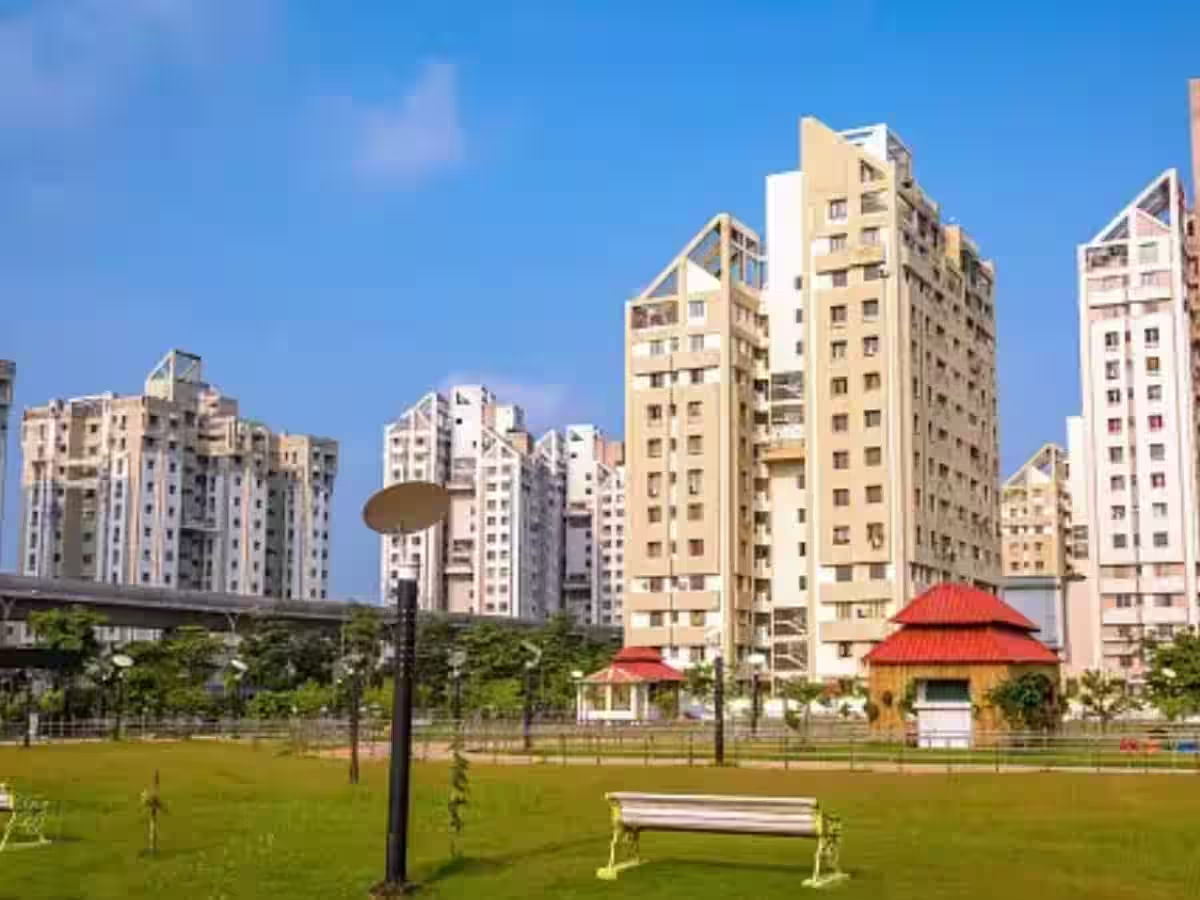News
Bengaluru sees highest office leasing volumes in APAC in 1Q16: JLL


The following is the report by Anuj Puri, Chairman & Country Head, JLL India
In 1Q16, both Europe and the Americas surprised us by their positive and negative performance, respectively. As leasing volumes in the Americas fell to their lowest level since the global financial crisis (GFC) over growing concerns on economic stability, volumes in both Europe and Asia Pacific held up well during 1Q16. While leasing volumes in the Americas fell by a 10 per cent (y-o-y), Europe and Asia Pacific increased by 14 per cent and 7 per cent respectively (y-o-y).
Fear of a near-term recession spooked many U.S. tenants in the first quarter and, as a result, expansion plans were put on hold. Nevertheless, many corporates are still keen to move in order to accommodate record-level employment and changing workplace preferences. 1Q16 saw a continued improvement in occupier market activity across most of Europe, with office leasing volumes totaling 2.65 million square meters, up 14 per cent year-on-year and the strongest first quarter since 2011.
In the context of a weaker-than-expected first quarter, our global projections for the full-year 2016 have revised down and the leasing volumes are now forecasted to broadly match 2015 levels, with some upside potential of up to 5 per cent. Asia Pacific, however, is projected to outperform the other regions – with volumes growing by around 10-15 per cent in 2016.
Bengaluru, NCR shine in Asia Pacific
The year started well in APAC with the strongest leasing activity recorded in Bengaluru, Tokyo and Delhi-NCR in 1Q16. Bengaluru saw the highest leasing volumes in Asia Pacific on the back of big-ticket transactions, while Tokyo saw good pre-commitments on upcoming supply. Delhi came third thanks to healthy leasing activity as also pre-committed space becoming operational.
These two Indian cities together saw gross leasing of more than 0.4 million square metres (net leasable area) in 1Q16, out of which Bengaluru saw more than 0.2 million square metres and Delhi-NCR saw more than 0.1 million square metres.
This quarter did not see a Chinese city figure in the top-3 as new leasing was down in Beijing and Shanghai – partly due to the timing of new supply and less available space. Otherwise, demand for office space in China’s tier-I markets was largely sustained despite slowing growth in the country’s economy.
Effects, however, are being felt elsewhere in the region with the resources-centric economies in some Australian cities suffering from China’s slowdown. Australia’s leasing volumes in 1Q16 dropped by 24 per cent (y-o-y), with all markets down except Melbourne. Demand in Sydney remained healthy, underpinned by education and IT sectors; however, activity by the tech sector was less than a year earlier and this contributed to lower volumes.
Development cycle peaks, but supply pipeline is under control
At a global level, 2016 is expected to represent the peak of the office development cycle with 16.8 million square metres of new deliveries anticipated in tier-I cities. Current projections suggest that completions will then diminish to around 15.8 million square metres by 2018. As we have highlighted in previous reviews, these levels are still well below the previous development peaks of 2001 and 2008.
In India, 2017 is projected to see the peak of office space supply but this will still be below the peak of 2011. Inadequate ‘relevant’ supply in 2016-17 will be a limiting factor for absorption of space. The supply pipeline is expected to reduce from 2018.
Global vacancy rates edge upwards
The global office vacancy rate has edged up slightly for the first time since 2012, rising by 10 basis points to 12.2 per cent. This is largely due to marginal increases in the Americas (to 14.7 per cent) and Asia Pacific (to 10.9 per cent). Meanwhile the vacancy rate has continued its steady decline in Europe (to 8.6 per cent).
The global office vacancy rate is expected to hover at around 12 per cent for the remainder of the year, with falls in the U.S. vacancy rate balanced by a modest rise in Asia Pacific to around 11.7 per cent. Vacancy is expected to be broadly stable in Europe. India (the top-7 tier-I and tier-II cities) saw a vacancy rate of 15.9 per cent in 1Q16 and the same is expected to be at 16 per cent by the end of 2016 and 16.3 per cent by end of 2017.
-



 Interviews4 weeks ago
Interviews4 weeks agoHigh Rental Yield, Price Appreciation, Stable Growth, Make Sydney an Ideal Realty Investment Option: Haansal Estate
-



 News2 weeks ago
News2 weeks agoKW Delhi 6 Mall Onboards New Brands
-



 News3 weeks ago
News3 weeks agoManasum Senior Living Launches IKIGAI GOA, A Senior Living Community in North Goa, in collaboration with Prescon Homes
-



 News2 weeks ago
News2 weeks agoGodrej Properties Sells Rs 3k cr+ Homes of Godrej Zenith, Gurugram, within 3 days
-



 News3 weeks ago
News3 weeks agoBridging India Divide: Top 5 Tier- 2 Cities to Focus On
-



 News2 weeks ago
News2 weeks agoCommercial Realty Gets Tech Savvy: Fast Construction, Enhanced Convenience
-



 News3 weeks ago
News3 weeks agoMultipoint Connection – A Definite Boon
-





 News2 weeks ago
News2 weeks agoRBI’s Status Quo on Key Policy Rates to Help Maintain the Real Estate Growth Momentum, Say Industry Stalwarts
























